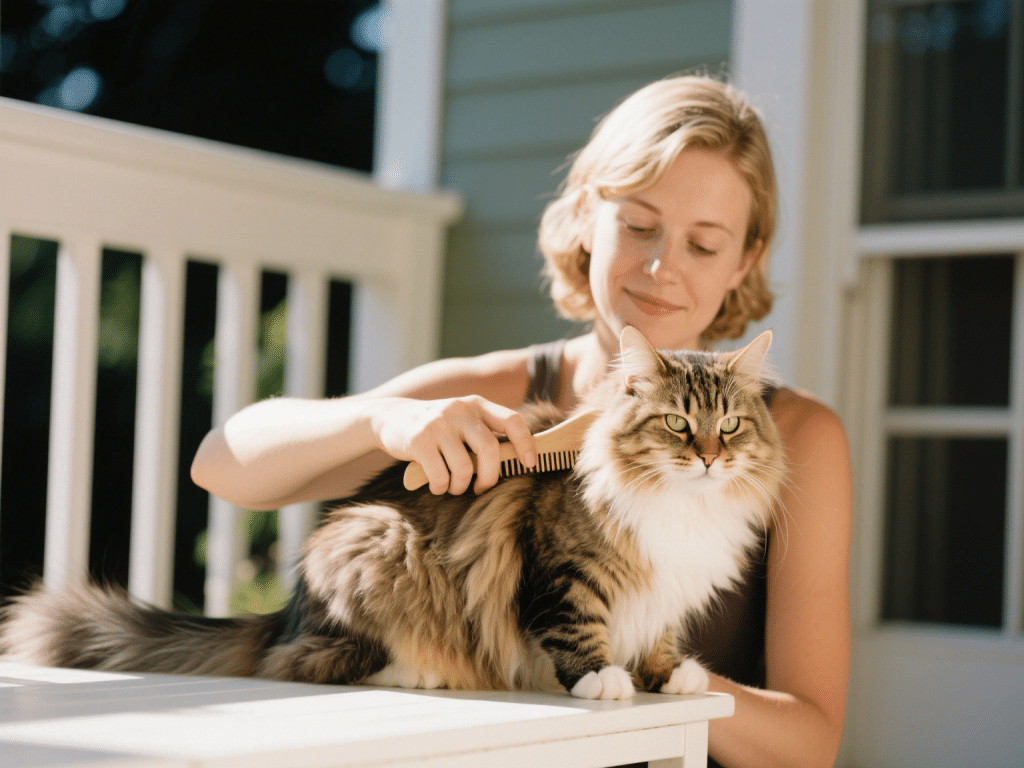As an avian nutrition specialist with over 12 years caring for budgerigars and lovebirds, I’ve learned that a balanced diet is the cornerstone of parakeet health. Wild parakeets forage on varied seeds, fruits, and greens; captive birds require a thoughtfully composed menu to meet their protein, vitamin, and mineral needs. Below is a comprehensive feeding strategy that harmonizes seeds’ appeal with pellets’ completeness and fresh produce’s vital micronutrients.
1. Core Seed Mixture (30% of Diet)
Choose a premium husk‑free blend featuring millet, canary seed, and small safflower. Seeds are high in fat—great for energy but lacking some amino acids. Limit to one heaping teaspoon per adult bird per day. Store in a cool, dark container to prevent rancidity.
2. High‑Quality Pellets (40% of Diet)
Pellets formulated for parakeets correct seed deficiencies. Look for brands with at least 16% protein, enriched with vitamins A, D₃, E, calcium, and trace minerals. Offer pellets in a separate bowl to avoid selective eating. Introduce gradually by mixing 25% pellets into seeds for two weeks.
3. Fresh Greens & Vegetables (25% of Diet)
Greens supply vitamin K and antioxidants. Ideal choices: endive, dandelion leaves, cilantro, and spinach (sparingly due to oxalates). Also include grated carrot and finely chopped bell pepper for vitamin C. Rinse thoroughly to remove pesticides. Offer several times per week, removing any wilted portions within four hours.
4. Occasional Fruits & Treats (5% of Diet)
Fruits like apple, pear, and berries provide natural sugars and hydration. Limit to two small dice per week to prevent weight gain. Millet sprays or bird‑safe herbs (basil, parsley) make excellent foraging treats, stimulating mental enrichment.
5. Calcium & Mineral Supplements
Provide a cuttlebone and mineral block daily. Calcium is critical for eggshell formation in females and neuromuscular function in all birds. Replace blocks every three months or when 50% consumed.
6. Hydration & Water Quality
Fresh, filtered water must be available at all times. Clean water dishes daily and scrub away biofilm. During molt or breeding, offer an occasional vitamin‑fortified water enhancer (per manufacturer’s instructions).
7. Monitoring & Adjustments
Weigh your parakeet weekly on a gram scale. Ideal adult weight: 30–35 g. Weight loss or feather plucking indicates dietary imbalance or health issues. Consult an avian veterinarian for tailored adjustments.
8. Seasonal Feeding Considerations
In colder months, slightly increase seed ratio for higher fat. In summer, prioritize fresh greens and fruits for hydration. Always monitor body condition to avoid obesity.
Conclusion
By integrating seeds, pellets, fresh produce, and supplements in precise proportions, you replicate a wild‑like, nutrient‑rich diet that promotes vibrant plumage, strong bones, and a lively disposition. Consistency, observation, and occasional veterinary check‑ups ensure your parakeet thrives year‑round.






Comments on "Optimal Nutrition for Parakeets: Balancing Seeds, Pellets & Fresh Greens" :